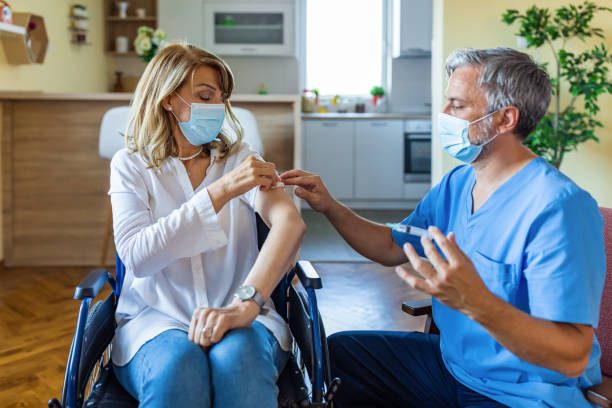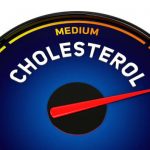The ONE organ responsible for high blood pressure.
Prehypertension: Are You at Risk?

Is prehypertension dangerous? Prehypertension is a warning sign of the risk of developing long term high blood pressure (hypertension), which increases the possibility of heart attack, stroke and other potentially fatal heart health problems later on. If detected and treated early, prehypertension can be reversed.









